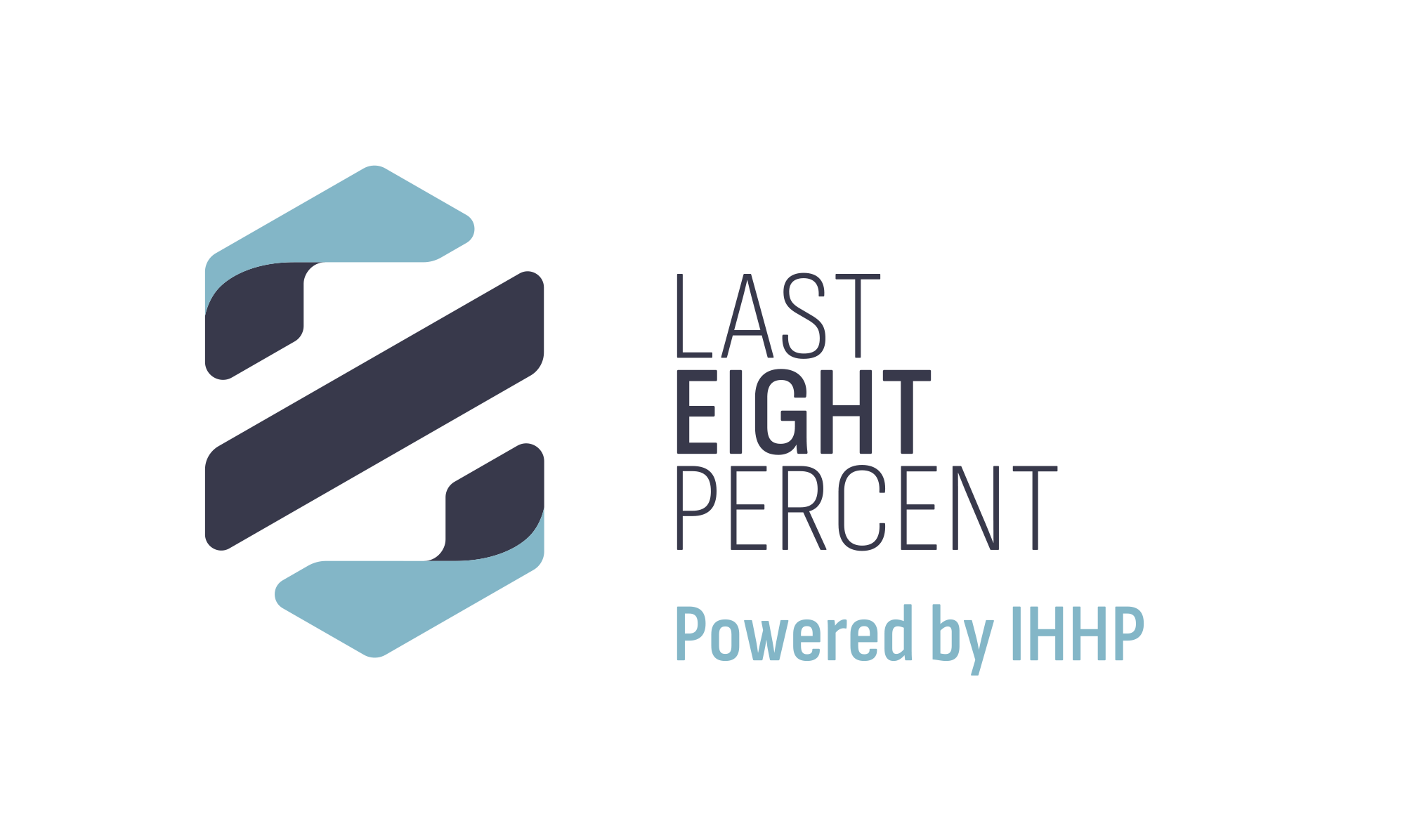The Two Conversations of Innovation
Last week, I delivered two keynotes to two very different companies in disparate industries. While on the surface they appeared to share nothing in common, I was reminded, again, of what most companies are experiencing in today’s rapidly changing world: this is no ordinary disruption.
One of the clients is the world’s largest manufacturer of a key component in home building, and you might expect they might be exempt from disruption given their relatively low reliance on technology. They are not. The other, one of the world’s best-known technology brands, is at the very hub of the move to the cloud. You would think they would be as prepared as anyone to deal with this disruption. They also, are not. What became clear to me is that while these two organizations are facing very different challenges, what they share is the need to form an effective response – and fast – if they are going to stay relevant and be successful in this changing world.
The central question they are facing is less about disruption per se and more about how they can become more innovative to meet the disruption. Or, a better way to ask the question is how do they not let their dominant market position inhibit their innovation? Many companies have faced this challenge: enjoying market dominance, yet failing to successfully innovate.
The main reason for this failure? Resistance from within. The truth is that organizations do not change, people change. And its not organizations that resist change, it is their people.
For a variety of reasons, including important neurological ones, people have great challenge when it comes to change, and because most leaders in organizations don’t fully understand this, they don’t get their people onside.
A big part of this failure relates to conversations. There are two separate conversations required to occur if successful innovation is to happen in an established business and most leaders miss this.
Exploit Conversation
The first is the Exploit Conversation: this is the conversation that has less to do with innovation and more to do with making sure the core of an organization stays healthy and productive for as long as required. This conversation is about efficiency, quality, and becoming better at executing a current product or market approach. The focus here is an attempt to get as close to perfection as possible by staying on top of key metrics and findings ways to incrementally improve them.
Explore Conversation
The second conversation is the Explore Conversation. This conversation is characterized by continuous experimentation focused on meeting customers’ evolving needs. This is not about quality and efficiency like the first conversation; it is about developing a disruptive minimal viable product, letting customers beat up on it in a real-world situation and using that feedback to improve it again and again. The key here is not letting perfection get in the way of progress.
When working with CEO and their teams, I am struck by the number who do not understand the difference between the two conversations with the consequence being that people on the team who are more responsible for the core parts of the business, ‘the bread and butter’, feel threatened because resources are seemingly being moved away from them. Their brain registers a threat, becomes triggered and their ability to think clearly from the perspective of what’s best for the business overall is lost. “Innovation” becomes a word synonymous with something that will take away from their security. It gets seen as zero sum. At the same time, for those people who are more responsible for the explore parts of the business, they feel shut down by the exploiters, who seem to be resisting everything, and start to feel like this is an old, slow business uninterested in innovation. Everyone’s frustrated.
An organization that has done a great job of managing this challenge and succeeding at innovation is Netflix. Everyone understands how they disrupted Blockbuster. That is old news. What they did was bigger than disrupt one very slow-moving business, however. They created a culture where they both could exploit their current business model while also working at same time in the explore conversations necessary to allow the next big idea to take hold. They worked in parallel. They famously moved from stuffing discs into envelopes to streaming old and lower value tv and movies to streaming higher value television. But what they have done since is truly earth shattering: they have become one of the most important and powerful producers of original content, garnering two Oscars (and fourteen nominations) and thirty-seven Emmy’s in the last three years.
The highest value real estate in the world today is not somewhere in NY city, it is the top fold of the Netflix home page. As Michael Ball points out, not only does Netflix control the top fold but they don’t rent it out to anyone. You can buy a billboard, The New York Times’ homepage, Facebook, Google keywords, Snapchat, and just about anything else on the Internet. Not Netflix. Its only for Netflix. They are so powerful now that their latest movie, Bird Box, had 45 million people watch in the first week alone.
All of us are smarter than any one of us.
This is a great example of the need to both exploit a current business model while preparing for the next great innovation in order to disrupt yourself. It starts by understanding that you need to keep everyone’s ‘brain in the game’ and you do this by knowing which conversation you are in so that you can benefit from that great Japanese proverb: All of us are smarter than any one of us.
Continue your learning
Experience the power of our programs with our Open Enrollment opportunities.

